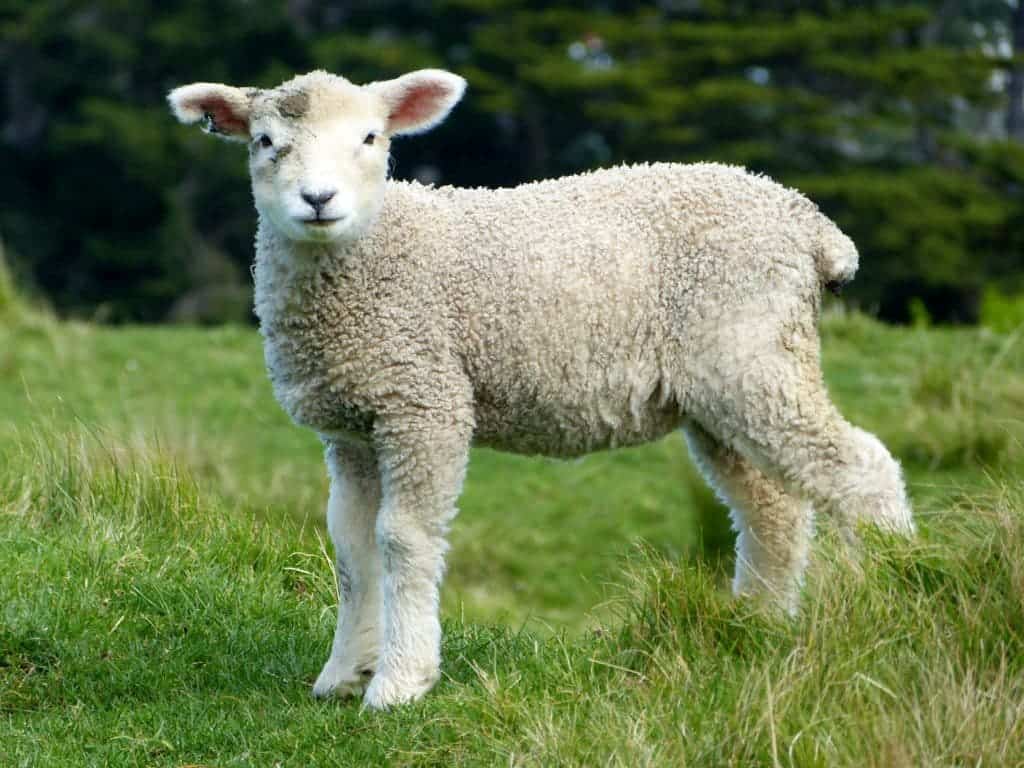Recognizing human faces is one of the most important social skills, but as it turns out, sheep can do it just as well as us.

It’s safe to assume that most sheep on Earth have no idea what former President Barack Obama looks like. But for 8 British sheep, it’s a completely different story. At the University of Cambridge in England, researchers have been training them to recognize faces — using Obama as one of the faces, along with actors Jake Gyllenhaal, Emma Watson, and BBC newsreader Fiona Bruce.
“We chose the celebrities almost randomly,” said lead author Jenny Morton, a neurobiologist at the University of Cambridge, as long as there were lots photos to choose from. “I wanted people that the sheep had not met (I am very sure of this).”
Researchers designed special pens for the sheep. At one end, they would see two photographs — one from the above list, and another, different one. If they chose the celebrity, the sheep got a treat. If they failed, a buzzer would sound and nothing else would happen.
It didn’t take long for the sheep to learn the faces. After they learned the procedure, sheep were successful 8 out of 10 times, on average.
Finally, researchers gave the sheep a different task. They wanted to see if the animals could recognize a handler from a photograph, without any pre-training at all. The handler typically spends two hours a day with the sheep so they are quite familiar. However, they had never seen a photo of him. When such a photo was shown to the sheep, they chose the handler’s photograph over the unfamiliar face seven out of ten times.
But they did something interesting: a double take. They stopped a bit and double checked the image, as if to make sure that it was indeed the handler and not someone else. This seems to indicate that the sheep understand that the photos represent actual humans. They appear to make a logical step, making the connection between the handler they had seen live and an image of him.
Much like humans
The word sheep is often used in a derogatory way, but researchers say that in many ways, sheep are much like humans. Morton, who studies Huntington’s disease, often uses them as a stand-in for humans, in part because “sheep have large brains with humanlike anatomy.”
“Anyone who has spent time working with sheep will know that they are intelligent, individual animals who are able to recognise their handlers,” says Professor Morton. “We’ve shown with our study that sheep have advanced face-recognition abilities, comparable with those of humans and monkeys.
There are also other, more pragmatic reasons to use sheep as models for humans.
“Sheep are long-lived and have brains that are similar in size and complexity to those of some monkeys. That means they can be useful models to help us understand disorders of the brain, such as Huntington’s disease, that develop over a long time and affect cognitive abilities. Our study gives us another way to monitor how these abilities change, particularly in sheep who carry the gene mutation that causes Huntington’s disease.”
Overall, for the human face recognition tasks, sheep fared as good as dogs or monkeys. They are obviously intelligent, probably much more than we give them credit for, and seem to have elaborate cognitive abilities. While researchers don’t address this, it also puts our consumption of sheep’s meat in a different light. While Morton rescued the sheep from a slaughterhouse, millions of other sheep aren’t so lucky. Mankind slaughters over 1 million sheep every day. Would that carry on just the same if people knew how intelligent sheep are? Perhaps, but it’s a discussion we should have nonetheless.
Journal Reference: Franziska Knolle, Rita P. Goncalves, A. Jennifer Morton. Sheep recognize familiar and unfamiliar human faces from two-dimensional images. DOI: 10.1098/rsos.171228


